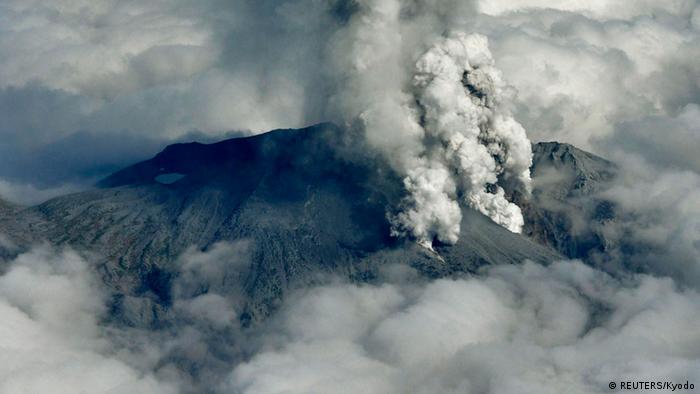
After reading this @ Sudden volcanic eruption leaves dozens stranded in Japan News DW.DE 27.09.2014 I came across the following Discover piece:

Why Do Volcanic Eruptions Come in Clusters? @ Why Do Volcanic Eruptions Come in Clusters - The Crux DiscoverMagazine.com which points out:
The Earth seems to have been smoking a lot recently. Volcanoes are currently erupting in Iceland, Hawaii, Indonesia and Mexico. Others, in the Philippines and Papua New Guinea, erupted recently but seem to have calmed down. Many of these have threatened homes and forced evacuations. But among their less-endangered spectators, these eruptions may have raised a question: Is there such a thing as a season for volcanic eruptions?
On the other hand, could this be signs of the coming?


 10 UTC-06:00Showing event times using Local System Time (UTC-06:00)
10 UTC-06:00Showing event times using Local System Time (UTC-06:00)